To aid fishermen, SMAST professor develops trawl that won’t catch some fish
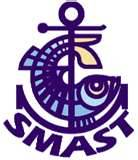 Not catching fish is more complicated than catching them these days, but UMass Dartmouth Professor Pinnguo He is hoping to change that with new gear he is developing. “We looked at fish behavior and how they react when they are approached by fishing gear and now are confident our gear can distinguish between the species,” He said. Trawls for groundfish have two major components: Read the rest here 09:02
Not catching fish is more complicated than catching them these days, but UMass Dartmouth Professor Pinnguo He is hoping to change that with new gear he is developing. “We looked at fish behavior and how they react when they are approached by fishing gear and now are confident our gear can distinguish between the species,” He said. Trawls for groundfish have two major components: Read the rest here 09:02

































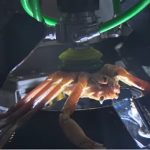
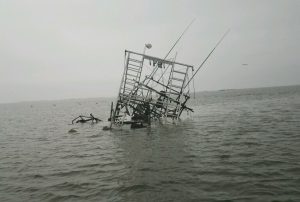

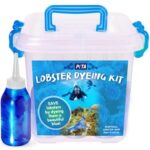
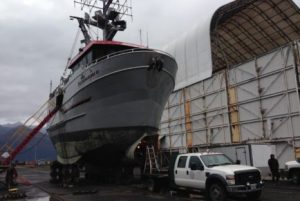

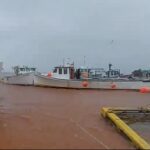
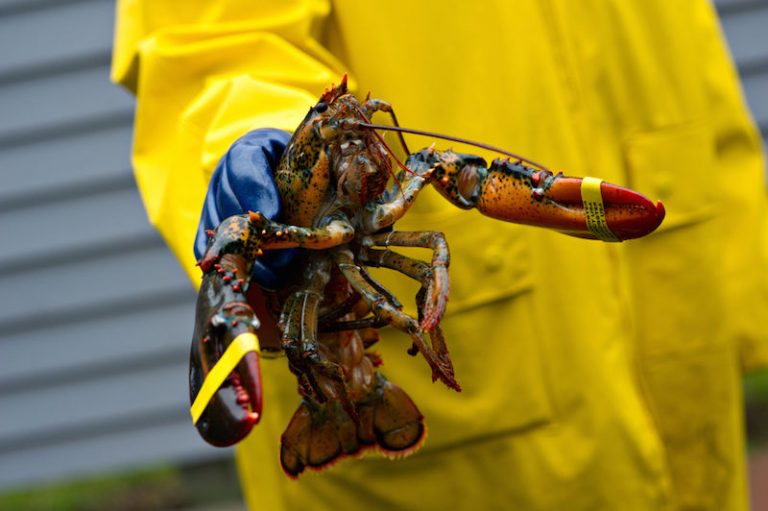

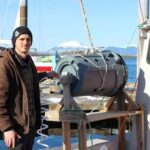
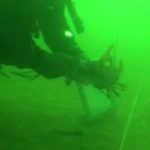




Umm…those are called semi-pelagic doors that rise off the bottom. Thyboron (Type 14’s) as well as other manufacturers have been selling them for years in Europe. Now several vessels in Point Judith and other Northeastern Ports are fishing with these Type 14 semi-pelagic doors. It’s more the ground cables that hold the net down;the doors spread the net. If fishermen want to avoid Flounder they use a raised foot rope; and scallopers have an avoidance network instituted by that industry and SMAST which does a very effective job at avoiding these fish..
SMAST does wonderful work and I certainly don’t mean to disparage Prof. Pinnguo He’s work which is certainly needed.
But here’s what also needs to be looked at and studied: if fishermen have to spend more time avoiding fish than looking for them, wouldn’t that tell you something about the stock population assessments and the resulting regulations? Common sense would seem to indicate that better stock assessments are the missing link here; not how to mechanically avoid what are apparently plentiful fish.
For instance, if the recent cooperative video-survey studies done by Dr. Kevin Stokesbury of SMAST (studies that indicated many times the amount of Yellowtail Flounder in one section of Georges Bank than NOAA’s data indicated for the entire Bank) were actually accepted and considered by the SSC and TRAC Committee, the dilemma of “by-catch” or avoiding a certain species might not even be an issue. The regulations might actually be in proportion to the fish stock population realities in the ocean if “all available data” is used as required by Magnuson-Stevens Act National Standard 2.
The Transboundary Resource Stock Assessment Committee or TRAC has been a center of controversy in this matter of accessibility for non-government scientists. This committee is made up of U.S. and Canadian scientists and essentially controls the catch limits of Georges Bank Yellowtail Flounder in addition to other groundfish species. There are legitimate and peer-reviewed studies of Yellowtail Flounder by “outside” institutions that were at odds with the assessments used by the committee to recommend catch limits on Yellowtail. These outside studies and conclusions were completely rejected and/or ignored by the TRAC.
What we really need all this brain power and research dollars to concentrate on is how to get NOOA scientists to accept vetted and peer reviewed data that doesn’t necessarily agree with what their admittedly inadequate surveys and computer “population dynamics” models have produced.
If the fish were really in such dire shape, it wouldn’t require all this effort to avoid them.
In 2013 an open-ended video trawl survey designed through collaboration between SMAST, New Bedford Fishermen, and Reidar’s Manufacturing (an established New Bedford net maker and designer) and based on an innovative Norwegian technology, allowed SMAST researchers to estimate Yellowtail abundance by visually counting each fish as they passed before the cameras on their journey through the open-ended net. The estimated biomass in the surveyed area was 4 to 5 times greater than the TRAC estimate. The TRAC chair determined that the (Dr. Kevin) Stokesbury et al.(SMAST) working paper on the video trawl survey would only serve as a background document because it was “analyses that were done but did not support the initial hypothesis or analyses that are of interest but will not directly help us to determine the appropriate biomass estimate for YT [Yellowtail]”
NOAA’s charter, as outlined in the Magnuson Stevens Act Standard 2, requires NOAA to employ the “best scientific information available”; to direct “effort to identifying and gathering the needed data”; then they “…should identify scientific information needed from other sources to improve understanding and management of the resource, marine ecosystem, and the fishery (including fishing communities)” and “information submitted by various data suppliers should be comparable and compatible”.
Instead, NOAA proceeds to “circle the wagons” and defensively refuse to consider data that doesn’t agree with their not fact-checked survey data and statistical computer generated assessment conclusions.
I think the use of unexplained acronyms is arrogant and disrespectful, so I’m going to include the following to explain the use of the acronym TRAC above in case anyone isn’t familiar with TRAC. And while I’m at it I’ll include two more examples of NOAA’s refusal to abide by Magnuson Standard 2. Fisheries Management Plan development guideline specifically: “An FMP should identify scientific information needed from other sources to improve understanding and management of the resource, marine ecosystem, and the fishery (including fishing communities”).
(parenthetical statement is written into original guideline.)
The Transboundary Resource Stock
Assessment Committee or TRAC has been a center of controversy in this matter of accessibility for non-government scientists. This committee is made up of U.S. and Canadian scientists and essentially controls the catch limits of Georges Bank Yellowtail Flounder in addition to other groundfish species. There are legitimate and peer-reviewed studies of Yellowtail Flounder by “outside” institutions that were at odds with the
assessments used by the committee to recommend catch limits on Yellowtail. These outside studies and conclusions were completely rejected and/or ignored by the TRAC.
The information points that follow and the video survey mentioned above are from an SMAST and Massachusetts Marine Fisheries Institute presentation by Steve Cadrin, Ph.D. titled “Status of Georges Bank Yellowtail Flounder”.
—A 2008 collaborative effort involving the Massachusetts Marine Fisheries Institute and the New England Fisheries Science center (NOAA) and yellowtail fishermen for a tagging study in a portion of Georges Bank known as Closed Area II yielded a population estimate of approximately 18million fish as contrasted to the TRAC estimate of 10million fish for ALL of Georges Bank. The peer-reviewed paper submitted by SMAST (U Mass School for Marine Science and Technology) containing this information was dismissed by TRAC.
—A Bycatch Dredge Survey was conducted to estimate Yellowtail seasonal and spatial patterns in relation to the scallop fishery and yielded population results for a portion of the closed areas greater than the TRAC population estimates of Yellowtail again for ALL of Georges Bank. The working paper containing this information submitted by the Virginia Institute of Marine Science at The College of William and Mary, The University of Massachusetts’ SMAST, and The Coonamessett Farm Foundation (a scallop industry sponsored collaborative research organization) was rejected by the TRAC because it was not submitted with enough advance notice.
NOAA is surrounded by accurate research which is constantly being offered by prestigious and vetted sources for comparisons and deliberations. Embracing information from these “other sources” might actually render some “best scientific information”; but NOAA summarily rejects these opportunities to attain the best available science that is abundant and readily available.
What we have is a data crisis brought to you by the wonderful folks at NOAA
What we don’t have is an overfishing crisis. Just look at the news these days. Tell me one thing that our government is doing right. IRS, VA, Secret service and on and on. Those missions are quite strait forward compared to counting fish.
Get the government out of the business of counting fish. Survey’s such as the NEAMAP survey done on industry platforms are the only way to produce data that is reliable……AND TRUSTED